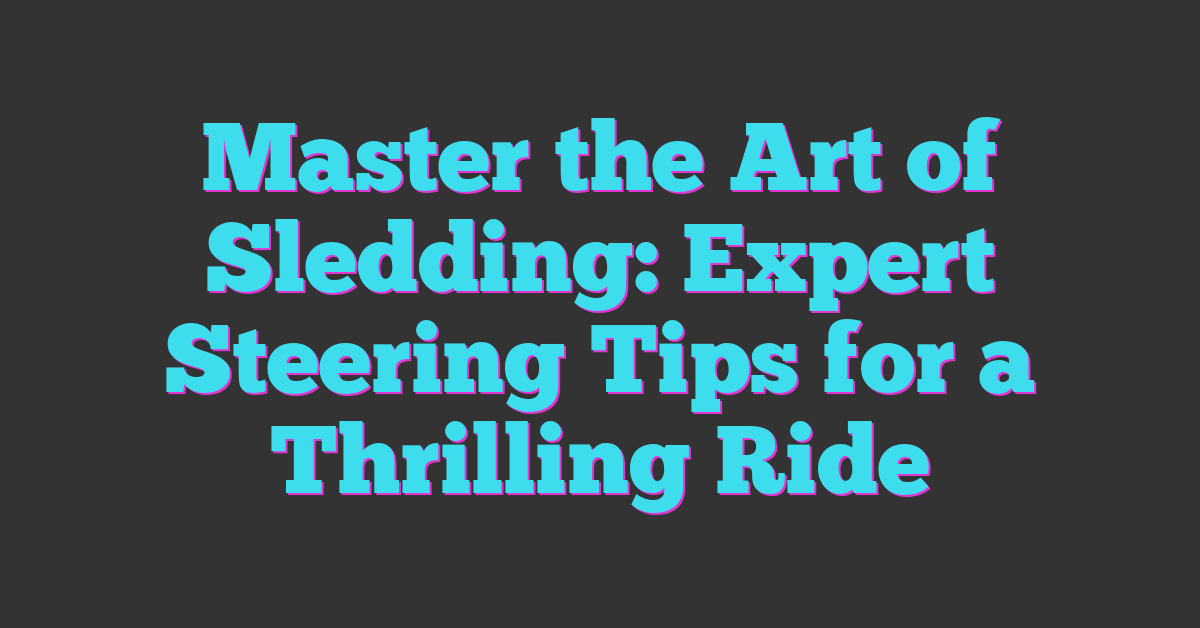Snowboarding is an exhilarating sport that demands more than just courage and style. Your ability to stay balanced on the board can make all the difference between a smooth ride and a tumble down the slope. Whether you’re a beginner or looking to sharpen your skills, balance training is key to boosting your confidence and control.

By focusing on balance exercises, you’ll improve your stability and reaction time, helping you navigate tricky terrain with ease. Plus, better balance means less strain on your muscles and a lower risk of injury. Ready to take your snowboarding to the next level? Let’s explore some effective balance training techniques that’ll have you carving like a pro in no time.
Importance of Balance Training for Snowboarding
Balance training strengthens your core muscles and enhances coordination, both crucial for snowboarding. Your ability to quickly adjust your body position on uneven terrain depends on excellent balance. When you improve balance, your reaction time sharpens, enabling you to respond to sudden changes on the slopes. Snowboarding demands constant weight shifts; improving balance reduces fatigue and muscle strain from trying to maintain stability. Better balance also lowers your risk of injury by helping you stay in control during tricky maneuvers or unexpected obstacles. Whether you’re hitting powder-filled backcountry trails or carving on groomed runs, investing time in balance training directly translates to smoother, more confident rides.
Key Components of Balance Training
Balance training for snowboarding targets specific areas that build your control and stability on the board. Focusing on the core, body awareness, and flexibility makes your moves sharper and your rides smoother.
Core Strength and Stability
Your core is the foundation for solid balance. Strengthening muscles like the abdominals, lower back, and obliques keeps your torso stable when navigating slopes or landing jumps. Exercises such as planks, Russian twists, and dead bugs improve core endurance and resistance to wobbling. Strong core stability lets you hold your posture against sudden shifts in terrain or speed.
Proprioception and Body Awareness
Proprioception means sensing your body’s position in space. Developing this skill sharpens your ability to react instantly to changes underfoot. Balance boards, wobble cushions, and single-leg exercises challenge your proprioceptive system. By tuning your body awareness, you react faster to uneven snow and varied landing surfaces, reducing falls and giving you smoother control.
Flexibility and Mobility
Flexible joints and mobile muscles let your body adjust smoothly to angles and turns. Tight hips, ankles, or hamstrings limit your range and make balance more difficult. Stretching routines that target the lower body, like dynamic lunges or ankle circles, help maintain fluid movement. Enhanced flexibility improves your stance adaptability, making tricky maneuvers feel much easier and reducing muscle strain.
Combining these components creates a strong foundation for improving your snowboarding balance, letting you push limits with confidence and skill.
Effective Balance Training Exercises for Snowboarders
Building solid balance takes focused training. You can sharpen your stability and control with exercises that target core strength, proprioception, and dynamic movement.
Balance Board Exercises
Use a balance board to challenge your stability just like on your snowboard. Stand on the board with your knees slightly bent. Shift your weight slowly from side to side, aiming to keep the edges from touching the ground. Increase difficulty by performing squats or twisting your torso while balancing. Practicing on a balance board improves your body’s ability to react to shifts in terrain and refines your muscle control.
Single-Leg Stands and Hops
Single-leg exercises force your body to adapt to unstable positions, mimicking conditions on uneven snow. Try standing on one leg for 30 seconds, then switch. Add variation by closing your eyes or standing on a cushion. Progress by hopping forward, backward, and sideways on one leg. These drills enhance joint stability and sharpen your reflexes, reducing the chance of slips and falls while riding.
Dynamic Movement Drills
Incorporate dynamic drills that simulate snowboarding movements. Perform lateral lunges, side shuffles, and quick step-ups to build agility and propulsive power. Balance while moving trains your body to maintain control when changing direction or landing jumps. Combine these drills with balance board and single-leg work for a comprehensive routine that prepares you for the unpredictable nature of mountain terrain.
Integrating Balance Training into Snowboarding Practice
You can boost your snowboarding skills by blending balance training directly into your on-snow sessions and off-snow workouts. This approach develops functional stability that transfers seamlessly to the slopes.
On-Snow Balance Techniques
Start by focusing on stance adjustments to find your optimal center of gravity while riding. Shift your weight gradually from toes to heels to refine control during turns and stops. Practice riding on varied terrain—like groomed trails, moguls, and powder—to challenge your balance and reaction speed. Incorporate carving drills that emphasize smooth edge transitions, enhancing your ability to maintain equilibrium on different snow conditions. Use short, quick turns to improve your proprioception, helping you quickly adapt to changes in slope angle or surface texture. Regularly try riding switch stance to strengthen your weaker side and improve overall symmetry in your balance.
Off-Snow Conditioning Tips
Complement your snowboarding by doing targeted balance workouts several times a week. Use balance boards or BOSU balls for dynamic stability exercises that mimic the instability of snow. Incorporate single-leg deadlifts or hops to build joint stability and muscle coordination. Add core-focused moves like planks with leg lifts and Russian twists to enhance trunk control. Stretch regularly to maintain ankle, hip, and spine flexibility that supports rapid body adjustments on your board. Cross-train with yoga or Pilates to boost body awareness and mental focus, which directly improve your balance during intense runs.
Conclusion
Getting your balance right can totally change how you ride. It’s not just about staying upright—it’s about feeling confident and in control no matter what the mountain throws at you.
By making balance training a regular part of your routine, you’ll notice smoother turns, quicker reactions, and less fatigue. Plus, you’ll reduce the chances of wiping out and keep those muscles feeling strong and ready for action.
So, keep practicing, stay consistent, and enjoy every moment on your board with the steady, confident stance you’ve worked hard to build.










